In 2000, Darren Aronofsky released his sophomore feature film, Requiem for a Dream. Following on from the success of his underground hit, Pi, he stunned the cinematic world once again with his poignant story of drug abuse. The plot follows four people from Coney Island who have their existence thrown into turmoil as drug addiction takes over their lives.
Requiem for a Dream launched the careers of many involved and quickly became a cult classic. With a blistering soundtrack that looms over the movie with sense of dread, Aronofsky’s drama hooks the viewer with its flawed but oddly relatable characters. In 2023, Requiem for a Dream still maintains its iconic status, firmly holding a spot on IMDB’s top 250 movies rated by users. So, let’s take a deep exploration and analysis into Darren Aronofsky’s Oscar-nominated masterpiece.
Darren Aronofsky, The Visionary Mind Behind Requiem for a Dream
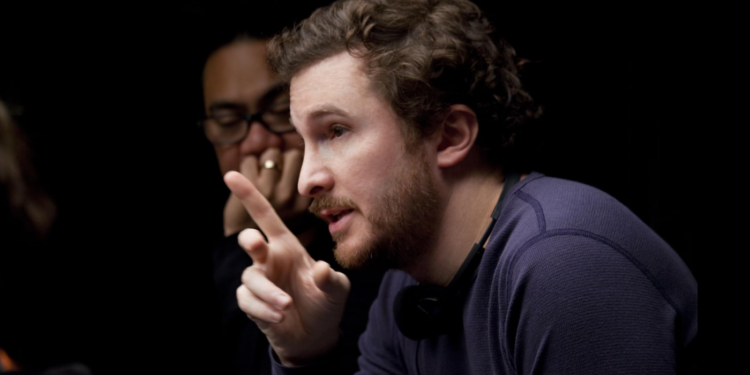
Darren Aronofsky is one of few indie darlings who rose to prominence in the late 90s. While he is often compared to the likes of Quentin Tarantino and Paul Thomas Anderson, his work stands tall and proud in its own category. However, his similarities with the two aforementioned filmmakers merely come from his unwavering approach to cinema and his unique, visionary mind.
Aronofsky was born on February 4, 1969, in Brooklyn, New York. In his childhood years, he fell in love with cinema and explored the arts in many forms, including graffiti art. However, when it came time to enroll into college, Aronofsky studied film at Harvard University. From here, he would go on to direct a series of short films before making his first feature movie, Pi.
Pi revolves around the life of a mathematician named Max, who embarks on a quest to find the ultimate formula that explains all patterns in nature. His obsession causes him to experience paranoia, hallucinations, and powerful headaches, leading him to isolate himself from the world. The movie set the groundwork for Aronofsky’s career, showcasing his unique style, innovative storytelling techniques, and deep interest in exploring complex themes. His subsequent works like The Wrestler, Black Swan, and The Whale have continued to impress critics and audiences alike. But for many, Requiem for a Dream remains Aronofsky’s magnum opus, serving as a truly haunting and impactful film.
Unveiling the Cast and Characters of Requiem for a Dream
Jared Leto as Harry Goldfarb
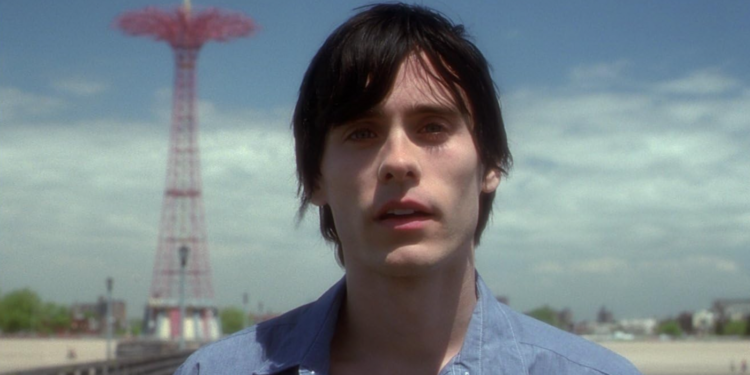
Jared Leto is one of the most renowned method actors of all time. His iconic status in Hollywood has been firmly cemented thanks to the sheer dedication he puts into his roles, often fully immersing himself into the mind and body of his characters. Requiem for a Dream was the first time Leto truly saturated himself into a character. In order to play Harry, the heroin-addicted lead of the movie, Leto lost a tremendous amount of weight. However, his immersion didn’t begin or end there. Despite a string of legendary performances in cinema, Requiem for a Dream still stands out as one of Leto’s finest renditions. As his addiction worsens, Harry’s behaviours start to become more and more destructive, and he begins to damage everything and everyone around him, including his long-suffering mother.
Ellen Burstyn as Sara Goldfarb
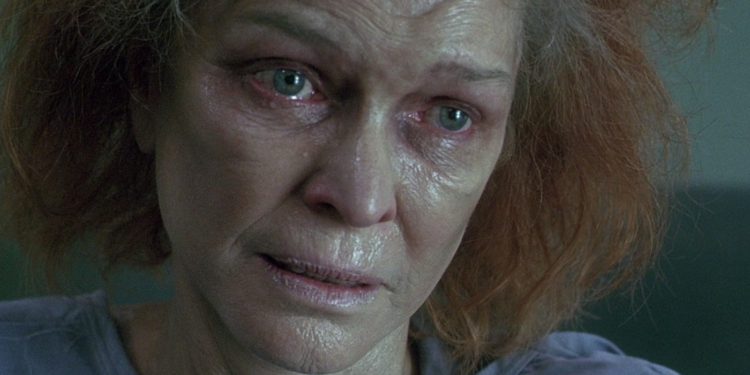
Ellen Burstyn was born on December 7, 1932, in Detroit, Michigan. She is a renowned American actress who has appeared in numerous films and television shows throughout her career. Burstyn is known for her iconic roles in movies such as The Exorcist, Alice Doesn’t Live Here Anymore, and Requiem for a Dream. In Requiem for a Dream, she played the role of Sara Goldfarb, a devoted mother driven to madness by her son’s drug abuse, which earned her an Academy Award nomination for Best Actress.
Jennifer Connelly as Marion Silver
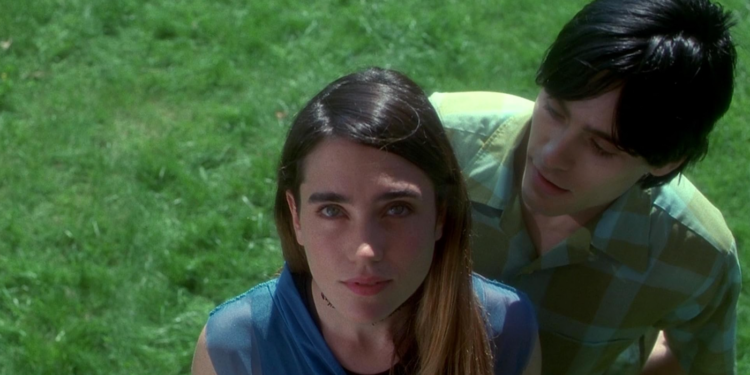
Jennifer Connelly‘s breakout role in Requiem for a Dream was a defining moment in her career. Her character, Marion Silver, was a complex and well-rounded individual who becomes caught in the grip of a dangerous drug addiction alongside her boyfriend, Harry. Connelly’s raw and emotional performance conveyed the visceral struggle of addiction, exploring themes of desperation, despair, and the lengths one will go to satisfy a craving. Her chemistry with Leto was intense, as they showed the overwhelming love and affection they had for one another. But as their addiction takes hold, their relationship becomes strained, leading to devastating consequences.
Marlon Wayans as Tyrone C. Love
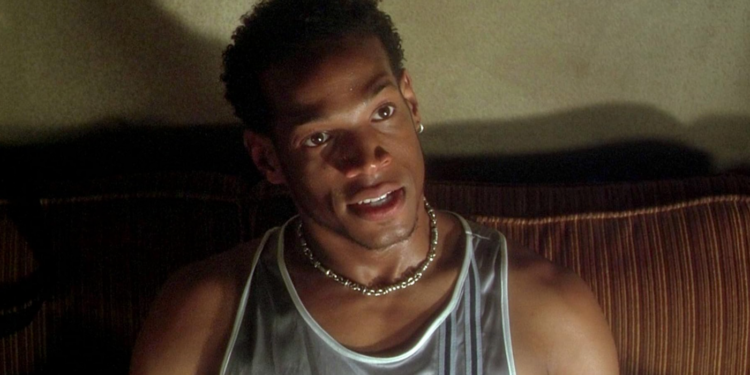
Marlon Wayans is an American actor, writer, comedian, and producer who hails from a famous family of entertainers. He was born on July 23, 1972, in New York City. The Wayans family has a long-standing legacy in the entertainment industry, known for their talents in comedy and acting. Marlon has built upon his family’s legacy and carved a niche for himself in the industry. One of the defining moments in his career was when he stunned the cinematic world when he took on a dramatic role in Requiem for a Dream. Wayans starred as Harry’s best friend, Tyrone, an addict and enabler who continues to make horrendous decisions to feed his addiction.
The Stylistic Techniques That Make Requiem for a Dream So Immersive
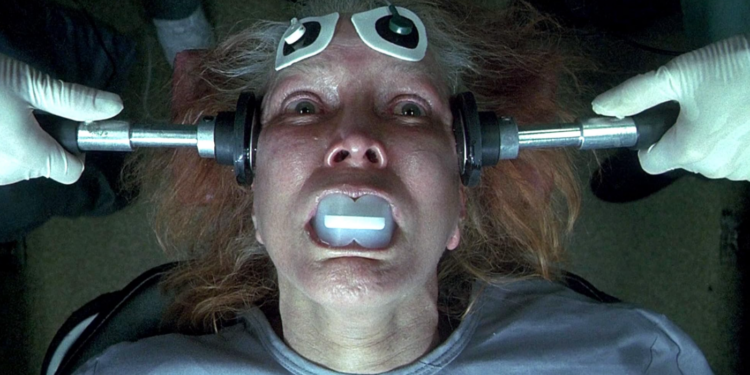
Requiem for a Dream deeply explores the broader themes that come with drug addiction, such as the impact it can have on family members, and Aronofsky delves into these themes with dialogue and exposition. However, where the movie really shines is through its use of visual literacy. Requiem for a Dream stands out amongst Aronofsky’s eclectic work as the most visually striking. However, the shots aren’t pleasing to look at. In fact, they are the complete opposite. These tight shots throw you into deep discomfort and anxiety, truly immersing you into the mind of a drug addict and their suffering family members and friends.
This visual immersion is achieved by using hyper zooms and frenzied camera moves. Of course, Aronofsky wasn’t the first filmmaker to experiment with camera lenses to achieve such a feat. However, he was one of the first directors to really submerge the viewer directly into the plight of each character. In recent years, many successful movies and TV shows have found inspiration from this technique. Having said that, very few have managed to engross the audience to the depths that Aronofsky did with his classic film, Requiem for a Dream.
 Follow Us
Follow Us




